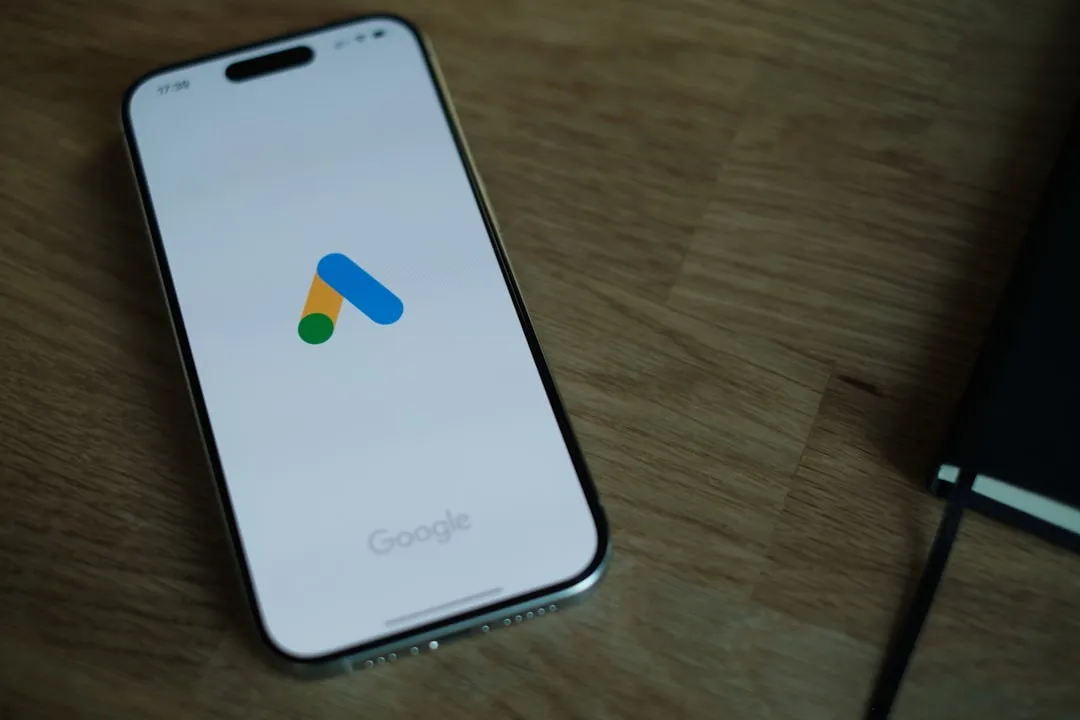Samsung's not one to make drastic changes to what already works. They've continued on with the IP68 rating under IEC 60529 first given to the Galaxy S8 all the way to the the Galaxy Note 10. If you're a little confused as to what this rating means, don't worry, it's actually pretty simple once you get to the meat and bones of it.
In a nutshell, IEC standard 60529 consists of a series of standardized tests set by the National Electrical Manufacturers Association, which then gives a handset like the Note 10 a corresponding IP rating based on its ability to withstand exposure to water and debris. According to the standard:
This standard describes a system for classifying the degrees of protection provided by enclosures of electrical equipment for two conditions: 1) the protection of persons against access to hazardous parts and protection of equipment against the ingress of solid foreign objects and 2) the ingress of water. The degree of protection against these two conditions is designated by an IP Code.
Commonly known as "Ingress Protection," the "IP Code" is really short for "International Protection Marking." It's simply a measure of how well a smartphone protects against water and dirt. The handset is then given two numeric scores based on its performance that appear right next to "IP."
- Don't Miss: Galaxy Note 10+ vs iPhone XS Max
The first number indicates the device's resistance to dirt and dust, while the second denotes how well it shields against water. All Galaxy Note 10 models have been given an IP68 certification, which breaks down like this:
- IP: Short for "Ingress Protection," the rating system that measures a handset's resistance to water and dirt.
- 6: The first number in the IP rating denotes a device's resistance to dirt and debris. While the rating of "6" seems low, it actually means complete protection from dirt and dust.
- 8: Next up is the smartphone's water resistance, which is shown as the second number in the rating. The "8" translates to the newest Note being able to withstand water immersion up to 1.5 meters deep for up to 30 minutes. To put that into perspective, the older S7's rating of "7" meant it could survive being submerged for 30 minutes at a meter deep.
So the Note 10's rating of IP68 translates to solid from the elements, and should give you assurance that your device will survive sudden downpours, an accidental drop in a sink or tub filled with water, and even a full-on sandstorm. Don't get carried away, however, as the rating doesn't factor in chemicals and other corrosive substances that can damage your phone.
IP ratings don't account for chemicals, saltwater, and other impurities. Chlorine, fluoride, alcohol, and vinegar are great examples of these, as these common liquids have the potential of corroding the rubber seals that protect your Note 10 and compromising its water resistance.
So be careful with your expensive device — keeping it away from liquids should still be a priority, especially when you consider that Samsung will void your warranty should your Note 10 get water damaged. That said, you can bolster your protection against water damage by signing up for Samsung Premium Care. This monthly subscription plan basically gives you up to three damage claims in a 12 month period, water damage included.
Cover image via Joshua Vergara/YouTube























Comments
Be the first, drop a comment!